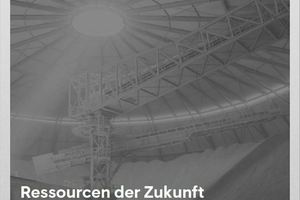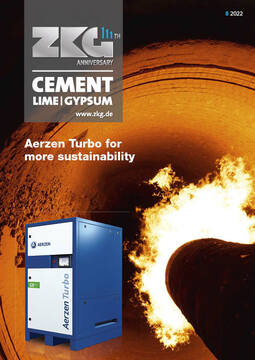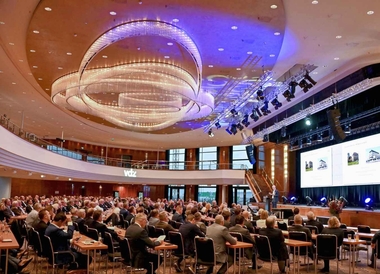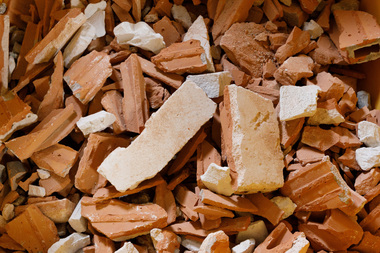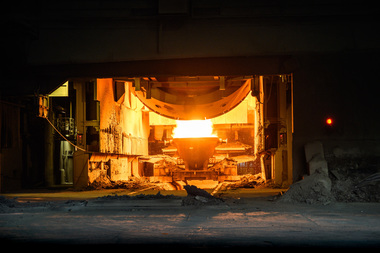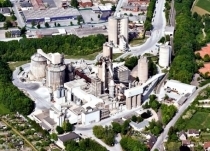Study on resource conservation in cement and concrete production
In addition to climate and species protection, the conservation of natural resources is one of the major ecological challenges of our time. In this context, the focus is also on cement and concrete production, which accounts for around one fifth of the primary raw materials used in Germany. “As an industry, we are aware of this enormous demand and are ready to take responsibility for an even more careful use of natural resources,” explains Christian Knell, President of the German Cement Works Association (VDZ). The new VDZ study “Resources of the future for cement and concrete – potentials and strategies for action”, which has now been published, shows what a 2050 scenario for further reducing the use of primary raw materials might look like.
Resource conservation is not new territory for the German cement and concrete industry. Depending on availability, various by-products and recycled products are already used today, helping to save more than 10 million t of primary raw materials per year. “In particular, granulated blast furnace slag from pig iron production and fly ash from coal-fired power generation play a major role,” explains VDZ CEO Dr. Martin Schneider. “However, both are materials that, in view of the decarbonization of industry, will be available to us in much smaller quantities or not at all in the future. Alternatives are therefore needed,” Schneider continued.
Based on an ambitious scenario, the study shows the savings of natural resources along the value chain of cement and concrete that can be achieved by 2050 under certain conditions. According to this, it would be possible to get by with 41% less primary mineral raw materials such as limestone, gravel and natural stone. One key to this is the use of recycled materials obtained from the deconstruction of buildings or the concrete used in them. Fine crushed sands produced during the processing of the material can be used in clinker and cement production. The coarser components find a new use as recycled aggregate in concrete production.
In the scenario considered, this also offers the greatest potential for conserving natural resources along the cement and concrete value chain.
The study identifies a number of central fields of action as prerequisites for resource-conserving concrete construction. For example, sustainable material flow management is needed to systematically record used materials and bring them back into the cycle. In addition, an effective mix of political instruments is needed to promote, on the one hand, a continuous supply of recycled building materials and, on the other hand, a demand for resource-conserving construction. “In addition to the technical and political framework, it will also be crucial that we address these issues together along the entire construction value chain and in solidarity. This is the only way to create a mutual understanding of the respective challenges and opportunities for conserving resources,” emphasizes Martin Schneider. Last but not least, securing domestic primary raw materials is also an important field of action. After all, even in an ambitious circular economy, natural resources will cover most of the raw material requirements for cement and concrete.
Christian Knell is confident that the industry will succeed in making important contributions to resource conservation, but also to climate protection, in the coming years. “Both goals go hand in hand with each other. Where we can use less material, correspondingly less CO2 is emitted,” says the VDZ president. In addition, both topics are also being promoted with a lot of traction under the VDZ umbrella, as Martin Schneider also emphasizes: “It is a great concern for us and the industry to live up to our responsibility in terms of resource protection. As VDZ, we can make an important contribution here with numerous research projects.”
The entire VDZ study “Resources of the future for cement and concrete – potentials and strategies for action” is available for download at:

